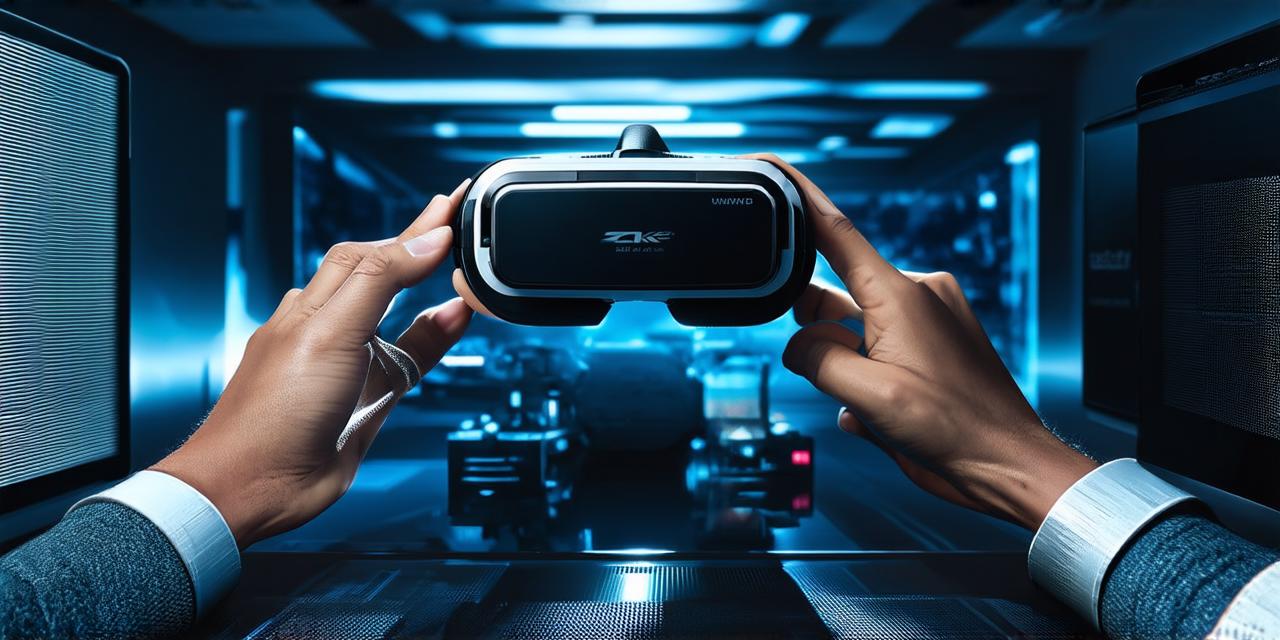
How much does the virtual reality system cost?
Virtual Reality (VR) is a rapidly advancing technology that has become increasingly popular among developers.
Building a VR system can be expensive, and the cost depends on several factors such as hardware specifications, software requirements, development tools, and other expenses. In this comprehensive guide, we will explore how much it costs to build a VR system, including real-life examples to illustrate how these costs vary based on the type of VR application.
Hardware Costs
The hardware cost is one of the most significant factors that contribute to building a VR system. The cost varies depending on the type of headset used. For example, the Oculus Quest 2 costs around $399, while the HTC Vive Pro Eye costs around $1300. The cost of a computer also depends on its specifications and brand, with a high-end gaming PC costing anywhere from $500 to $2000 or more. A powerful computer is required to run a VR application.
The tracking system is another essential component of building a VR system, responsible for tracking the movement of the user in the VR space. There are different types of tracking systems available, such as optical and inertial. The cost of a tracking system depends on its complexity and brand. For example, the Oculus Quest 2 comes with an integrated tracking system, while the HTC Vive Pro Eye requires an additional tracking camera that costs around $100.
Controllers are used to interact with the VR environment, and most VR systems come with controllers. However, some high-end systems may require additional controllers, which can add to the cost. The cost of controllers depends on their brand and features. For example, the Oculus Quest 2 comes with two controllers that cost around $99 each.
Software Costs

The software costs associated with building a VR application can also be significant. There are different development tools available for building VR applications, such as Unity, Unreal Engine, and A-Frame. The cost of these tools depends on their licensing model and features. For example, Unity is free to use for personal projects, while the professional version costs around $125 per user per month.
Assets are another critical component of building a VR application. There are many assets available online that can be used to build VR applications, such as 3D models, textures, and sound effects. The cost of these assets depends on their licensing model and features. Some assets are free to use, while others require a license or subscription.
Plugins are also an essential component of building a VR application, adding additional functionality to the application. The cost of these plugins depends on their licensing model and features. For example, the A-Frame plugin library is free to use.
Development Costs
The development costs associated with building a VR application can vary depending on the complexity of the project and the experience of the developer. Some factors that contribute to development costs include time and skills. Building a VR application can be a time-consuming process, especially for complex projects. The cost of development depends on the number of hours required to complete the project and the hourly rate of the developer.
Developers with specialized knowledge in VR development or related fields may command higher hourly rates, resulting in higher development costs. For example, a simple VR game may take around 100 hours to develop and cost around $5000, while a complex enterprise-level application may take around 300 hours to develop and cost around $20,000.
Real-life Examples
To illustrate how the costs of building a VR system vary based on the type of VR application, let’s consider some real-life examples:
- Gaming Industry
The gaming industry is one of the most popular applications of VR technology. Building a gaming VR system can be expensive, and the cost depends on the complexity of the game. For example, a simple racing game may take around 100 hours to develop and cost around $5000, while a complex first-person shooter game may take around 300 hours to develop and cost around $20,000.2. Medical Industry
The medical industry is another popular application of VR technology. Building a medical VR system can be expensive, and the cost depends on the complexity of the application. For example, a simple medical training simulation may take around 50 hours to develop and cost around $2500, while a complex surgical simulation may take around 150 hours to develop and cost around $7500.
3. Education Industry
The education industry is also an excellent application of VR technology. Building an educational VR system can be expensive, and the cost depends on the complexity of the application.


